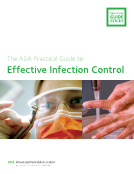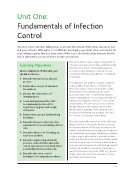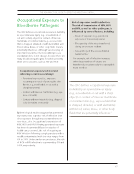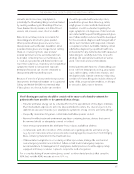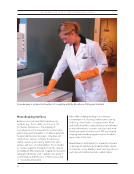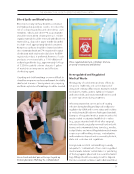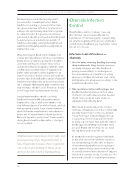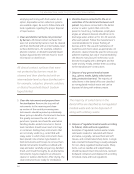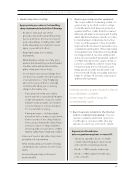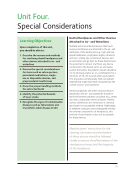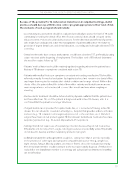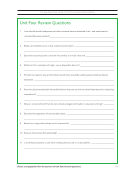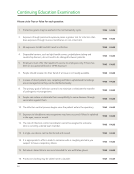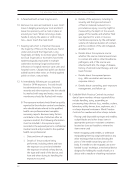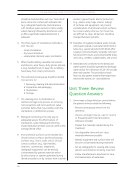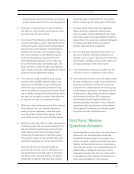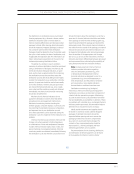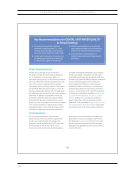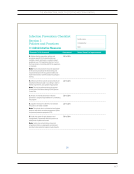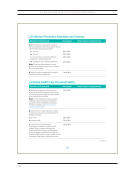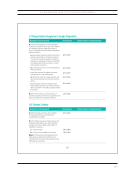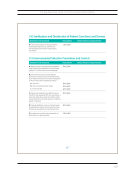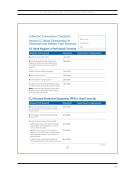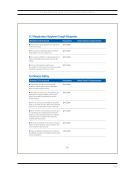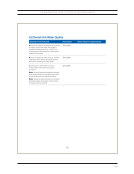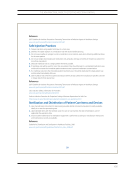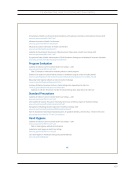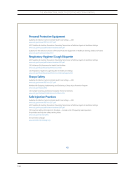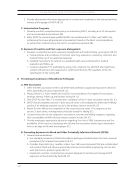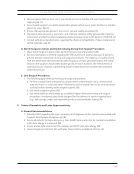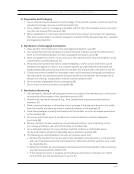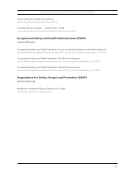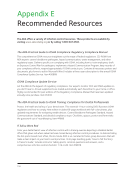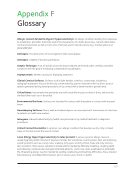21 THE ADA PRACTICAL GUIDE TO EFFECTIVE INFECTION CONTROL Educational programs for the dental team, such as the program provided in this workbook, should emphasize reporting all exposures as soon as possible, because certain interventions must be initiated promptly to be effective. Occupational Exposures to Bloodborne Pathogens Avoiding exposure to blood and OPIM, as well as protection by immunization, remain the primary strategies for reducing occupationally acquired infections. However, accidents do happen and occupational exposures can still occur. Post- exposure management, therefore, is an important component of any infection control program to prevent infection after occupational exposure to blood and OPIM. During dental procedures, it is probable that saliva will be contaminated with blood. Even if blood is not visible, it is likely that it is still present in very small quantities. While the risk for transmission of HBV, HCV and HIV is extremely small, any occupational exposure incident involving blood and/or saliva in the dental setting should be evaluated by a qualified health care professional. Post-exposure Management Protocols Dental practices should establish a written, comprehensive post-exposure management protocol to facilitate prompt reporting, evaluation, counseling, treatment and medical follow-up of all occupational exposures. Post-exposure management protocols should: • Describe the types of blood or OPIM contact that may place members of the dental team at risk for bloodborne infection • Describe procedures for promptly reporting and evaluating such exposures • Identify a health care professional who is qualified to provide counseling and perform all medical evaluations and procedures in accordance with the most current recommendations of the U.S. Public Health Service (USPHS), including post-exposure prophylaxis with chemotherapeutic drugs when indicated
Purchased by , From: ADA Ebooks (ebooks.ada.org)


